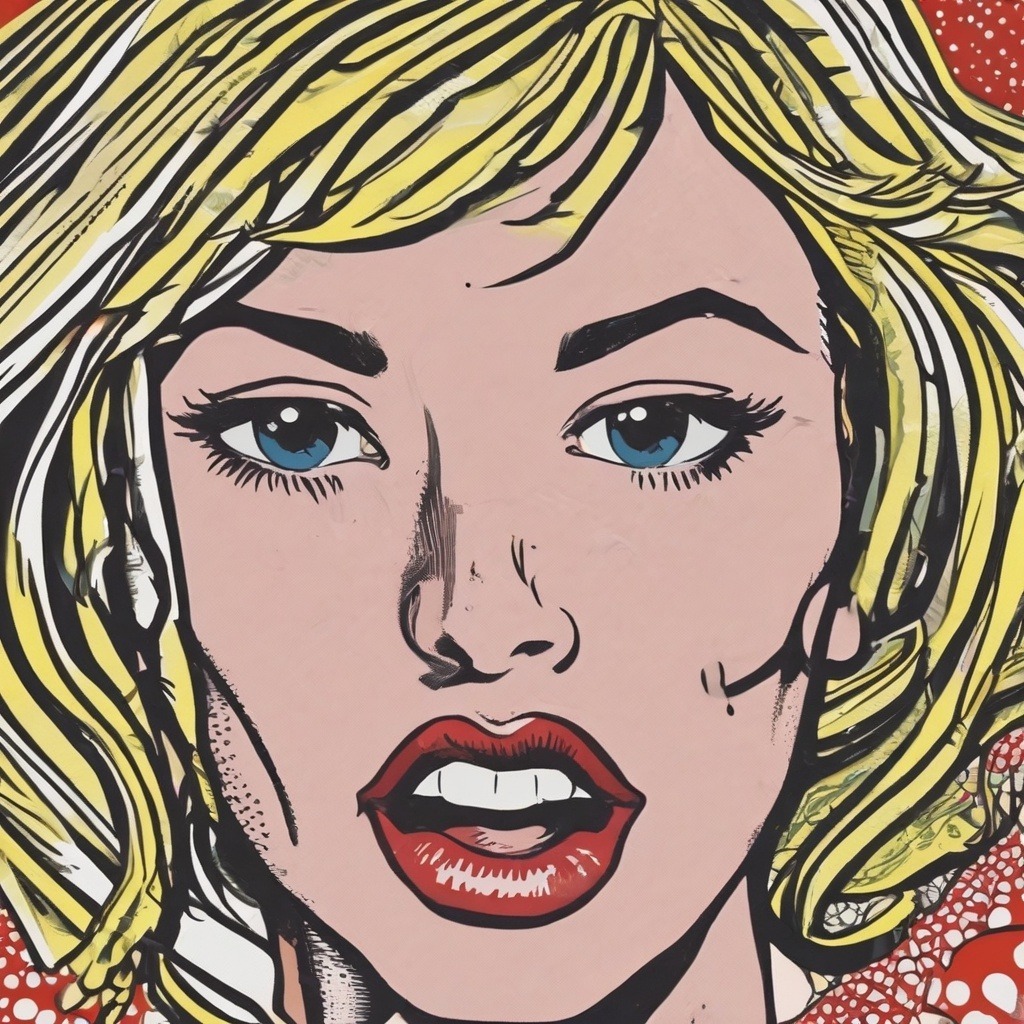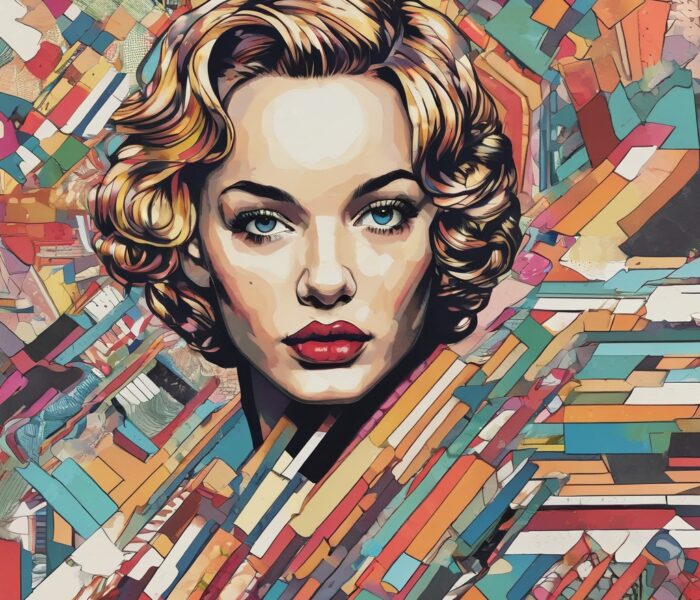Pop Art, one of the most influential art movements of the 20th century, blurred the boundaries between high and mass culture and introduced everyday life into the world of art. With its vibrant colors, clean lines, and iconic motifs, Pop Art ushered in a new era of artistic expression, integrating the visual language of advertising, film, and media into art. From its beginnings in the 1950s to the present day, Pop Art has had enduring cultural significance and a broad international following.
The use of generative artificial intelligence (AI) in the context of Pop Art opens up fascinating opportunities to explore the characteristic features and themes of this art movement and to develop new forms of creative design. Generative AI algorithms can learn to mimic the visual elements and styles of Pop Art and generate innovative artworks that capture the essence and spirit of this movement.
A central feature of Pop Art is its emphasis on mass culture, consumer culture, and everyday objects. Artists such as Andy Warhol, Roy Lichtenstein, and Claes Oldenburg used images and symbols from mass culture, such as advertising, comics, product packaging, and celebrity portraits, to reflect and comment on the visual language of the modern world. Generative AI algorithms can recognize these iconic motifs and use them in their generated works to create new interpretations of Pop Art.
Another important feature of Pop Art is its use of vibrant colors, clean lines, and simple shapes to create a visual impact. Generative AI can learn to mimic these aesthetic principles and generate artworks that capture the vibrant and dynamic aesthetics of Pop Art.
The use of generative AI in the context of Pop Art opens up new possibilities for creative experimentation and discovery. Artists can interact with AI algorithms and collaboratively create new artworks that interpret and expand the visual language and spirit of Pop Art in innovative ways.
However, it is important to emphasize that the use of generative AI in the art field also raises ethical questions, especially in terms of originality, authorship, and cultural appropriation. Artists using generative AI should ensure that their work meets ethical standards and maintains integrity and authenticity in the art world.
The generation of the Pop Art style with the help of Artificial Intelligence (AI) requires the consideration of several important aspects in order to successfully capture the characteristic features and themes of this art movement:
- Recognition and processing of pop art motifs: A crucial step in generating pop art styles with AI is the ability to recognize and process iconic motifs and symbols of pop art. This includes images from mass culture, such as advertising, comics, product packaging, celebrity portraits, and everyday objects. Generative AI algorithms must be able to identify these motifs and integrate them into their generated works.
- Emphasis on vibrant colors and clean lines: Pop art is known for its use of vibrant colors, clean lines, and simple shapes to create a visual impact. When generating pop art styles with AI, it’s important to keep these aesthetic principles in mind and create artwork that captures the vibrant and dynamic aesthetic of pop art.
- Simplicity and repetition: Another important feature of Pop Art is its emphasis on simplicity and repetition. Artists such as Andy Warhol have used repeated images of everyday objects to reflect the repetitive nature of mass culture. Generative AI algorithms can learn to recognize these repeated motifs and use them in their generated works.
- Experimental approaches and creative exploration: Pop Art was an avant-garde movement characterized by experimental approaches and creative exploration. Artists such as Roy Lichtenstein have used new techniques and materials to push the boundaries of traditional art. When generating pop art styles with AI, it’s important to be open to new ideas and innovative techniques, and to explore ways in which AI can push the boundaries of pop art.
- Ethics and responsibility: Finally, it is important to consider ethical issues related to the use of AI in the art field, including questions of originality, authorship, and cultural appropriation. Artists using generative AI should ensure that their work meets ethical standards and maintains integrity and authenticity in the art world.
Overall, the use of generative AI in the context of Pop Art offers an exciting opportunity to cross the boundaries between humans and machines and explore new forms of artistic creativity. By combining human inspiration and machine intelligence, new works can be created that bring the timeless principles and cultural significance of Pop Art into a modern and technologically advanced era.






















